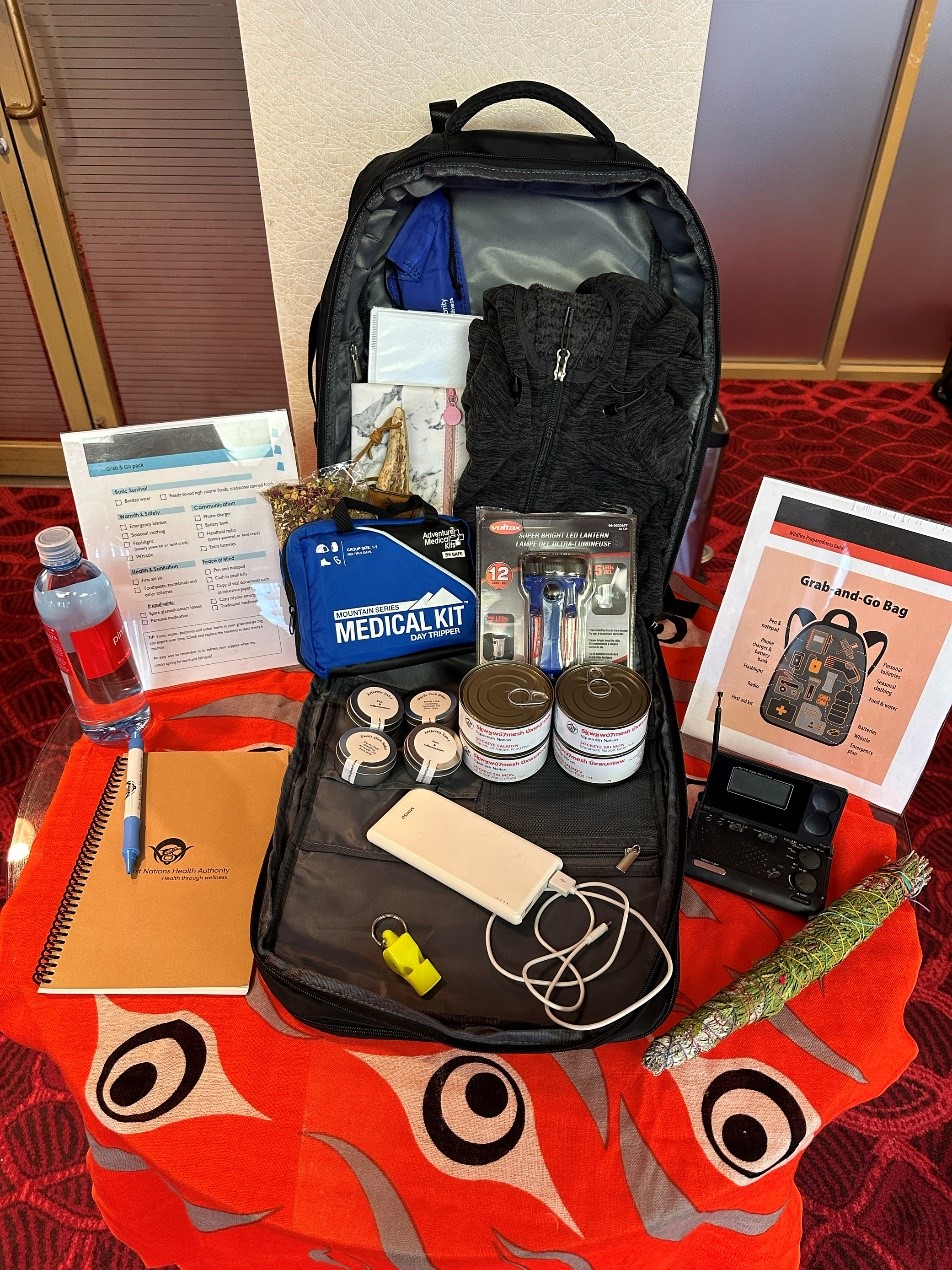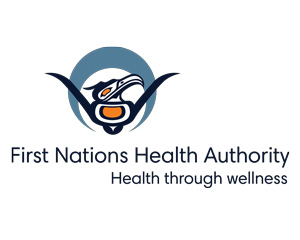In the case of an emergency it's always important to be prepared so that you and your family can manage the immediate impacts while also empowering yourselves for a resilient recovery. Being prepared means more than just anticipating potential dangers like fires or floods. It's about having the tools and resources to manage a situation you may have no control over and where help may not be immediately on the way.
A grab-and-go evacuation bag for leaving
If you're forced to leave your home or workplace, it's important to able to evacuate in a hurry. To be better prepared for an emergency or evacuation it is advisable to create a grab-and-go bag including items you will need in the immediate period following such an event. Keeping this bag up-to-date and knowing where it is kept can be crucial in saving time and making a stressful experience easier.
Some things to include in such a kit could include: a couple changes of clothing, cash in small bills, a phone charger and battery bank, a couple days of required medications, a copy of important documents such as insurance and ID, toiletries, and traditional foods and medicines. If you have young children, consider an activity such as a colouring book or a favorite book. If you have pets to take with you, consider where their travel container is as well as food for a couple of days, a leash, or waste bags.
You can create multiple kits to store at different locations such as work, home and in your vehicle in case of an emergency while you are away from home.
Sheltering in place with an emergency preparedness kit
An emergency preparedness kit is a larger kit that remains at home with supplies for sheltering in place in case of a major event. Items to include are similar to those in a grab-and-go bag, with the notable addition that they should include food for three days to a week for each person in the household. Additionally an emergency preparedness kit should include, four liters of water per person per day for drinking and hygiene.
Pictured below is an example of a Grab-and-Go kit made by our Vancouver Coastal Health Emergency Management Team:

- Food (non-perishable & ready to eat) and water – Skwxwu7mesh Uxwumixw canned Sockeye Salmon
- Phone charger and battery bank
- Small battery-powered or hand-crank radio
- Battery-powered or hand-crank flashlight and extra batteries
- Small first-aid kit and personal medications – Devil's Club Rub, Arthritis Salve, Anti-inflammatory Stinging Nettle Tea
- Personal toiletries and items, such as an extra pair of glasses or contact lenses
- Copy of your emergency plan and important documents such as insurance papers and identification
- Cash in small bills
- Seasonal clothing and an emergency blanket
- Pen and notepad
- Whistle
- Sage & Cedar bundle
Prepared BC has more examples and videos of how to build a grab-and-go evacuation bag, and an emergency preparedness kit for staying at home.
https://www2.gov.bc.ca/gov/content/safety/emergency-management/preparedbc/build-an-emergency-kit-and-grab-and-go-bag
Get Prepared Canada offers an informative video that shows how to build an emergency preparedness kit.
https://www.getprepared.gc.ca/cnt/kts/index-en.aspx

